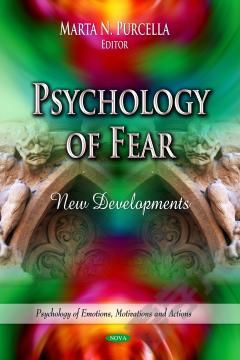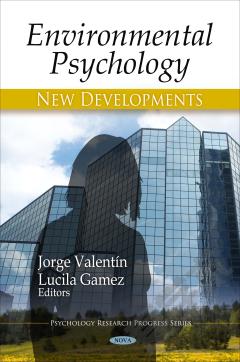Military Psychiatry: New Developments
The state of ongoing military conflict in the Middle East and the recent rise in acts of domestic terrorism have created an increasing need for identifying potential vulnerability risk factors and for developing more effective treatment strategies for posttraumatic stress disorder (PTSD). This book highlights remarkable similarities between youth from violent, impoverished communities and soldiers returning from war zones. Moreover, this book represents a comprehensive examination of the state of translational studies of PTSD with a special emphasis on the reciprocal process by which researchers and clinicians have "cross-fostered" their efforts toward the common goal of optimizing the identification and treatment of at risk combat-exposed veterans from the current military theaters of conflict. In addition, a broad view of the literature is provided to recommend effective methodological techniques in detecting simulated PTSD. Multiple factors that may influence military psychiatrists expertise and attitude toward diagnosing malingering are described. Other chapters examine the pathogenesis and treatment of Chronic Fatigue Syndrome (CFS) and Shaken Soldier Syndrome in armed conflict participants and Blast-Injured Veterans.
{{comment.content}}








 京公网安备 11010802027623号
京公网安备 11010802027623号